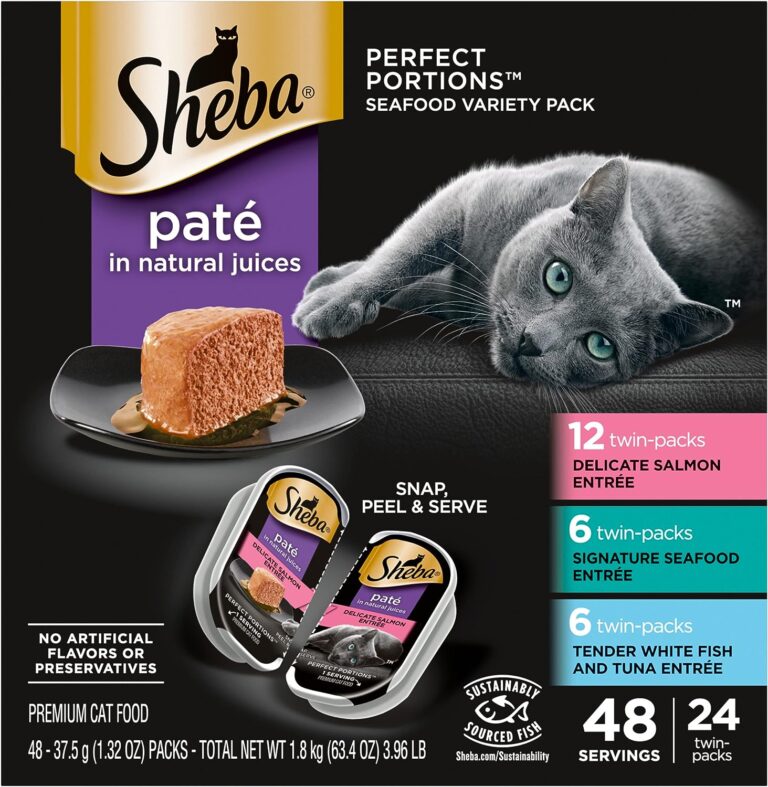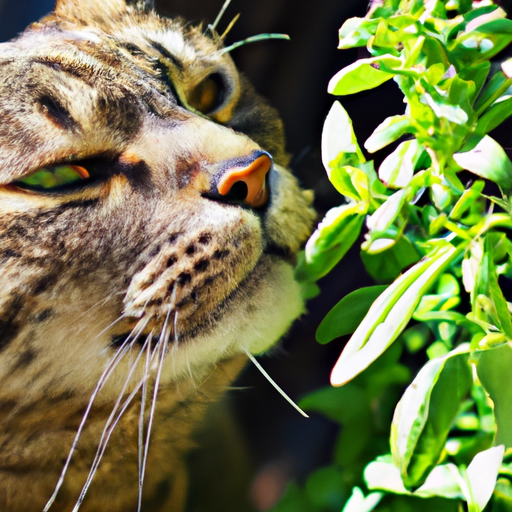What Is Fip In Cats?
Encountering the term ‘FIP’ for the first time can be daunting, especially if you’re a loving cat parent. It’s a mysterious, often intimidating condition that stirs up feelings of worry. FIP, or feline infectious peritonitis, is a viral disease that can affect cats of any age, but the risk increases in younger, older, and immunocompromised cats. This article offers a detailed explanation of what FIP really is, its causes, symptoms, diagnosis, available treatments, and measures you can take to protect your feline friend from this disease.
Understanding Feline Infectious Peritonitis (FIP)
Feline Infectious Peritonitis, often abbreviated as FIP, is a potentially lethal disease that impacts cats worldwide. The disease is the result of a virus-specific reaction that can affect cats of all ages, although it’s seen more frequently in young cats.
Overview of FIP
This viral disease does not easily spread from one cat to another. Instead, FIP is caused by a mutation of a common feline virus called Feline coronavirus or FCoV. Feline Infectious Peritonitis could present in several different forms, impacting various systems and organs of a cat’s body.
How common is FIP in Cats?
FIP remains one of the leading infectious disease causes of death among kittens and young cats. However, it’s important to note that not all cats infected with FCoV will develop FIP. The occurrence of FIP is influenced by several factors, such as the age, breed, genetics and immune status of the cat.
Types of FIP
Feline Infectious Peritonitis primarily presents in two forms: Wet (Effusive) FIP and Dry (Noneffusive) FIP. The wet form is often more acute and severe, characterized by the accumulation of fluid in the cat’s body cavities. On the other hand, the dry form tends to be more chronic, with inflammation occurring in various organs but no body fluid accumulation.
Causes of FIP in Cats
Understanding the causes of FIP can help you protect your cat better from this lethal disease.
Role of Feline Coronavirus (FCoV)
Under normal circumstances, FCoV is a mild or asymptomatic infection in cats. This common virus is present in the feces of cats and can be spread through fecal-oral transmission.
Mutation of FCoV to FIP Virus
FIP occurs when the benign FCoV mutates within the cat’s body and begins to attack the cat’s cells. This mutation is thought to occur in response to certain triggers, although the exact factors that cause the mutation are not known.
Genetic predisposition to FIP
Some cats may have a genetic predisposition for the FCoV mutation that leads to FIP. Certain breeds of cats, including the Birman and Bengal cats, are thought to be more vulnerable to FIP due to their genetic makeup.
Symptoms of FIP
Recognizing the symptoms can be helpful for early detection and management of the disease.
Non-specific symptoms
These symptoms can be quite vague and can include unexplained weight loss, lethargy, fever, and decreased appetite.
Symptoms of wet FIP
On top of the non-specific symptoms, cats with wet FIP may also have distended abdomens due to the accumulation of fluid, along with breathing difficulties if the fluid accumulates in the chest cavity.
Symptoms of dry FIP
Cats with dry FIP might have symptoms that depend on the organs affected. This could be in the form of neurological abnormalities, eye inflammation, liver and kidney dysfunction, or gastrointestinal problems.
Diagnosis of FIP
Diagnosis of FIP can be quite challenging due to the lack of specific tests and the overlap of symptoms with other diseases.
Limitations in diagnosing FIP
FIP cannot be specifically identified via a single test; instead, a number of different diagnostic tests and approaches are typically used in conjunction to arrive at a diagnosis.
Clinical Signs and History
The cat’s symptoms, age, breed, and exposure to other cats are often considered in an FIP diagnosis.
Laboratory tests for FIP
This includes tests to detect antibodies against FCoV. However, these tests cannot distinguish between the harmless FCoV and the lethal FIP virus.
Imaging studies
Imaging techniques such as ultrasound and x-rays can reveal fluid accumulation or organ changes that are indicative of FIP.

Treatment Options for FIP
Currently, there is no known cure for FIP, but treatment options are available for managing the symptoms.
Understanding the incurable nature of FIP
It’s important to understand that FIP is currently considered incurable, with most cats dying within weeks to months after diagnosis.
Available supportive care
Supportive care can involve fluid therapy, nutritional support, and medications to manage pain and inflammation.
Experimental treatments for FIP
Experimental drugs are currently being tested and have shown promising results, but it’s critical to understand these are not fully approved treatments yet.
Quality of life considerations
The goal of treatment is always to ensure the highest quality of life for the cat for as long as possible. Euthanasia may be considered in severe cases where the quality of life cannot be sustained.
FIP in Kittens and Young Cats
FIP has a particularly devastating impact on kittens and young cats, as they are more susceptible to the disease.
Why are Kittens at Risk?
Kittens are especially at risk of developing FIP as their immune systems are not fully developed. Additionally, they are more prone to FCoV infection, which is the precursor to FIP.
Symptoms unique to Kittens
FIP in kittens often manifests as a failure to thrive. They may display stunted growth or a lack of energy compared to healthy kittens.
Management of FIP in Kittens
Unfortunately, the management of FIP in kittens is often the same as in older cats, with the focus on supportive care and improving quality of life.
Preventing FIP in Cats
Preventing FIP can be difficult, but there are steps that can be taken to help reduce the risk.
Preventive measures against FCoV spread
Regular cleaning of your cat’s environment can help prevent the spread of FCoV, as can preventing overpopulation and close confinement of cats.
Use of FCoV vaccines
There is a vaccine against FCoV, but its effectiveness and safety have been a matter of debate and it’s not typically recommended for routine use.
Role of breeding in FIP prevention
Selective breeding of cats from FIP-free lineages can reduce the risk of FIP.
Impact of FIP on Cat Owners
A diagnosis of FIP can also take an emotional and financial toll on the cat owners.
Emotional toll of FIP
Losing a beloved pet to FIP can be a heartbreaking experience, with feelings of helplessness, grief, and guilt.
Financial costs associated to FIP
The cost of diagnosing and managing FIP can also be substantial, with successive tests, supportive treatments, and potentially, euthanasia.
Involvement in support groups
Joining FIP support groups can help cat owners deal with their grief and learn about the experiences of others who’ve been through similar situations.
Prognosis for Cats with FIP
Unfortunately, the prognosis for most cats diagnosed with FIP is poor.
Understanding the typically fatal outcome
Most cats diagnosed with FIP do not survive, with death typically occurring weeks to months after diagnosis.
Reporting unexpected survival cases
While rare, there have been cases of cats surviving FIP, particularly with the use of experimental drugs, and reporting these cases can provide valuable information for researchers.
Role of palliative care in FIP
Palliative care can play a crucial role in maintaining the cat’s quality of life for as long as possible and easing their journey towards the end.
Future Research on FIP
While FIP remains a significant challenge for veterinarians and cat owners, research on the disease is ongoing.
Promising developments in FIP treatment
New treatments are being investigated that might prove effective against FIP.
Role of genetic research in FIP
Genetic research can potentially identify genetic markers that predispose certain breeds or individuals to FIP, leading to improved prevention strategies.
Importance of continued surveillance of FIP trends
Continued information and data collection on FIP’s prevalence, risk factors, and outcomes can guide future research and improve our understanding of this challenging disease.
In conclusion, Feline Infectious Peritonitis is a complex, devastating disease that impacts cats across the globe. While there is still much to understand about FIP, knowledge about its cause, symptoms, and prevention can go a long way in managing it. Although FIP is currently incurable, ongoing research offers the hope of future breakthroughs.





